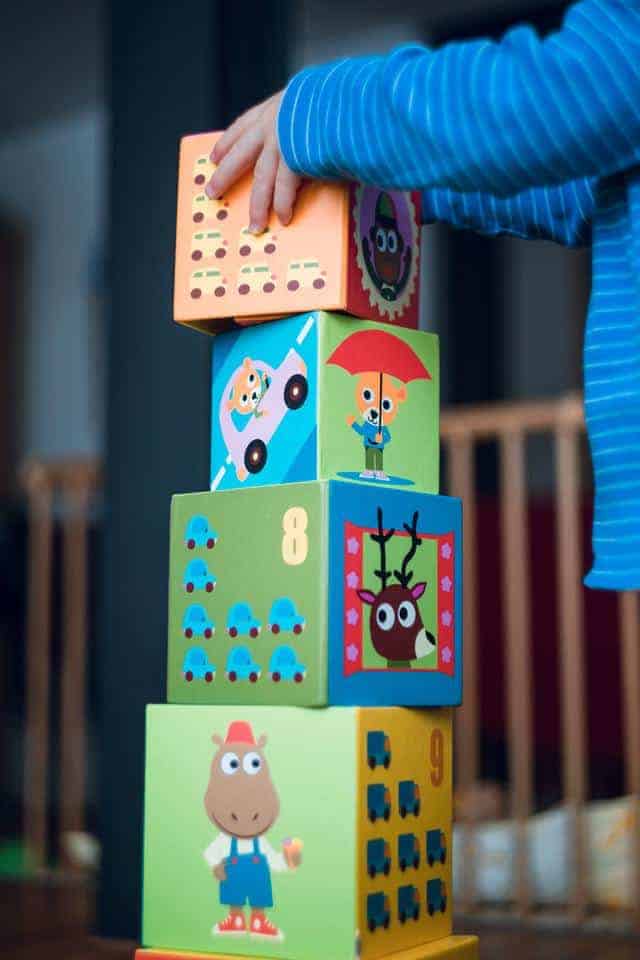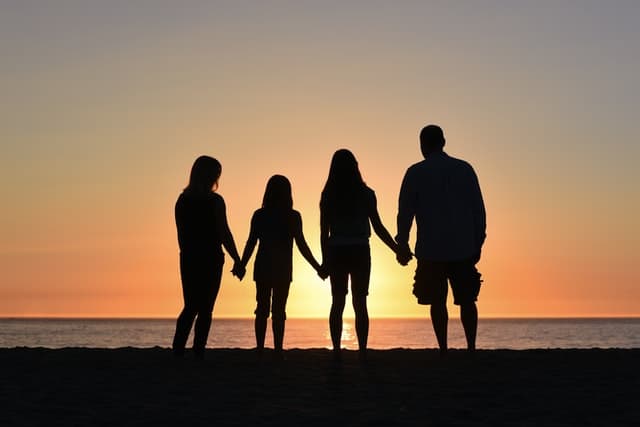Many individuals experience stressors during childhood. Stressors between individuals and can vary significantly in quality, frequency, intensity, and impact. Some stressors, such as peer conflict or the death of a pet or an elderly family member, are quite common and children often manage to cope with them without therapeutic intervention. However, there are childhood traumatic events, such as sexual or physical abuse, exposure to domestic or community violence, or the traumatic loss of a loved one that can be more difficult for a child to work through without professional intervention.
Why treat trauma?
Childhood traumatic events are more likely to disrupt the normal development of a child and threaten the well-being of the entire family. Individuals vary in their reaction to traumatic events. Some people tend to be more resilient than others, which seems to be due to a combination of genetic constitution, history of past trauma, as well as learned coping skills. Traumatic events can undermine the child’s sense of safety and lead to feelings of fear, shame, anger, helplessness, and worthlessness. Researchers have found that children who have experienced trauma are more likely to develop posttraumatic stress symptoms such as depression, conduct problems, psychotic symptoms, substance abuse problems, as well as other emotional and behavioral difficulties. For example, a child might lose interest in the activities they used to find enjoyable or start showing violent or inappropriate behaviors at school or at home. In addition, individuals who have experienced trauma are at a higher risk to experience additional traumatic events later in life.

Empirical support for Trauma-Focused Cognitive Behavioral Therapy (TF-CBT)
Multiple research studies have examined the effectiveness of TF-CBT in diverse groups of children with various trauma histories. While there are many approaches to treating childhood trauma today, TF-CBT has the most extensive empirical support for its efficacy in treating childhood PTSD and related emotional and behavioral difficulties.
How will TF-CBT help my child get better?
The goal of TF-CBT is to provide children and their family members with understanding, knowledge, and skills to help them confront and find meaning in traumatic events. TF-CBT teaches children and caregivers skills to manage trauma reminders, such as places or people that remind the child of the traumatic event, and other stressors in the present while restoring a sense of hopefulness and excitement about the future. Oftentimes individuals who complete TF-CBT treatment module grow stronger and more resilient and experience more cohesion and closeness as families.

How does TF-CBT work?
When starting TF-CBT, the therapist meets with the child and a supportive caregiver to discuss what has brought the family to treatment. First session will involve answering questions that help the therapist get to know the family better. Child and caregiver are also likely asked to fill out some paper-and-pencil questionnaires to gain further information.
Components of Trauma Focused Cognitive Behavioral Therapy
TF-CBT is a short-term, structured treatment that involves the child and at least one supportive caregiver. The acronym PRACTICE is used to summarize the components of TF-CBT:
- Psychoeducation and Parenting;
- Relaxation;
- Affective expression and modulation;
- Cognitive coping;
- Trauma narrative development and processing;
- In vivo exposure;
- Conjoint parent-child sessions; and
- Enhancing safety and future development.
The appropriateness of the acronym is that the model encourages continuous practice of the therapeutic skills at home in order to optimize benefits.
Gradual Exposure
Gradual exposure is incorporated in each of the components and is considered to be critical in implementing TF-CBT. Gradual exposure means being in contact with different things that the child might have been avoiding since the trauma, such as places where abuse occurred or the sound of sirens. In the beginning of treatment and throughout the treatment process psychoeducation is provided to the child and caregivers. Learning general information about different types of trauma and reactions to trauma can often be very normalizing and reassuring. Psychoeducation itself is the first way of using gradual exposure, as this informational discussion is the first time trauma is brought up.

Parenting Skills Training
Parenting skills training is also an on-going process because it has been shown that parental support and effective parenting skills help children recover from trauma. Parenting skills training also helps parents identify how they themselves have been impacted by the trauma endured by their child.
Relaxation Training
Relaxation training involves teaching the child and their caregivers skills to manage daily stressors as well as distress experienced in the context of facing traumatic memories in treatment. Focused breathing, progressive muscle relaxation, mindfulness, and guided imagery can all be powerful and effective distress tolerance skills.
Communication and Coping Skills
Affective expression and modulation training highlights skills that help children and parents communicate and manage their feelings more effectively. Cognitive coping means helping children and their caregivers understand the connection between feelings, thoughts, and behaviors. It also involves recognizing unhelpful automatic thoughts that can be challenged and replaced with more helpful, productive self-dialogue.
Facing the Trauma
Developing a trauma narrative
Both the trauma narrative and in vivo mastery modules help children reduce and eliminate avoidance towards harmless trauma reminders. The trauma narrative development and processing phase focuses increasingly on the traumatic experiences of the child. Developing a trauma narrative is an exposure and processing exercise that typically takes the form of a written book but can also be expressed through other creative means such as poetry, song, play, or art. Talking about the traumatic event helps the child face the trauma-related memories that might have been avoided previously. The gradual process is designed to help the child tolerate these memories without significant emotional distress or avoidance.
In Vivo Exposure
In vivo exposure is another component that is used to overcome problematic avoidance behaviors. Sometimes neutral situations or people, such as a particular room in the house, or the sound of a siren, become associated with the trauma and can cause the child to avoid them. In these cases, a very detailed plan is designed together with the child and caregiver to gradually allow the child to be in contact with the avoided situations.

Parent-Child Sessions
Another important component of TF-CBT is the use of parent-child sessions. These sessions are designed to help the child and caregiver practice the skills learned in therapy and communicate openly about the trauma. It is often equally distressing for children and parents to discuss the traumatic events and doing so in a safe therapeutic environment can be extremely helpful.
Prevention and Resiliency
Lastly, learning behaviors to enhance future safety is conducted to avoid future victimization and additional trauma. A detailed plan is developed together with the child and caregiver for situations where actual threat or potential danger is present.
If your family has been through trauma and you’re looking for someone to help you cope, contact us. We are here to help.

Eeva Edds is a Licensed Professional Counselor with a passion for working with teens and adults experiencing anxiety and Obsessive Compulsive Disorder. She provides individual therapy as well as intensive outpatient therapy at Houston Center for Valued Living.
Houston Center for Valued Living offers telehealth / online counseling sessions, walk and talk sessions, and in person counseling in Houston, Texas. To schedule an appointment, e-mail us at info@hcfvl.com or call 713-331-5538.
